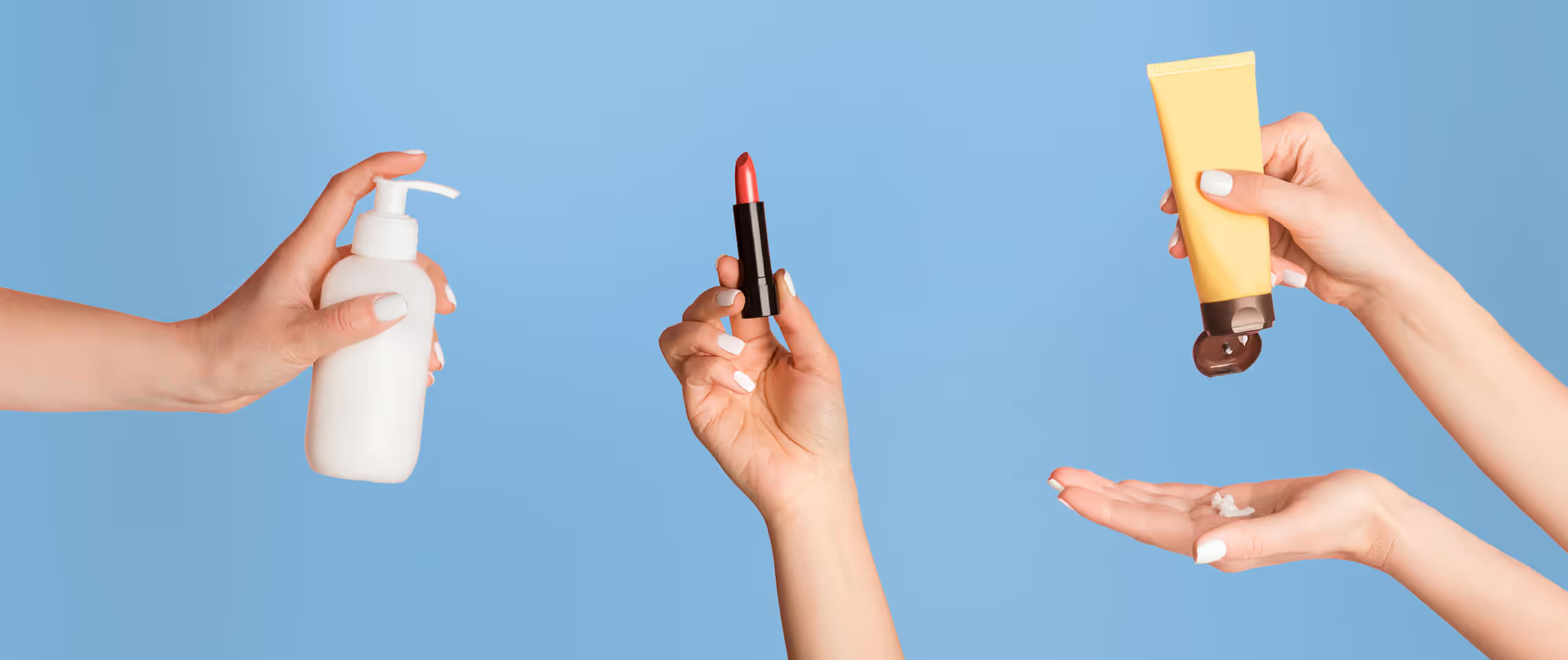A recent study has uncovered that many personal care products used by Black and Latina women—such as lotions, soaps, cosmetics, and shampoos—contain preservatives that release formaldehyde, a chemical known to cause cancer.
In a survey conducted in South Los Angeles, over half of the Black and Latina women who participated reported using products with formaldehyde-releasing ingredients. These findings raise major public health concerns and point to significant shortcomings in U.S. regulations of cosmetic and personal care products—shortcomings that disproportionately affect women of color.
While past concerns about formaldehyde have largely focused on hair relaxers—linked to increased risks of breast and uterine cancer, particularly in Black women—this new research shows that the issue is much broader. Published in Environmental Science & Technology Letters, the study found formaldehyde-releasing chemicals in a wide range of daily-use products, including shampoos, lotions, body soaps, and even eyelash adhesives.
“This goes far beyond hair straighteners,” said lead author Dr. Robin Dodson, an exposure scientist at the Silent Spring Institute. “These are products we use frequently, and across our entire bodies. Continuous exposure to such chemicals can build up and pose serious health risks.”
Manufacturers use formaldehyde and its releasing agents to prolong product shelf life. These agents gradually emit formaldehyde over time, serving as long-term preservatives.
To examine exposure patterns, the researchers recruited 70 Black and Latina women from Los Angeles and asked them to log all personal care products they used over five to seven days. Participants used a custom smartphone app to record product usage and photograph ingredient labels.
According to co-author Dr. Elissia Franklin, an analytical chemist at Silent Spring, earlier studies relied on vague self-reporting methods, asking general questions like, “Did you use lotion today?” But as Franklin noted, the content of lotions can vary greatly—from natural ingredients to toxic compounds like parabens, phthalates, and formaldehyde releasers.
“We needed detailed data,” Franklin explained. “Everyone uses lotion—but what kind, with what chemicals? That’s the real question.”
To analyze the data, the researchers used optical character recognition (OCR) to convert photos of ingredient labels into text. They examined more than 1,100 products for formaldehyde and its releasing preservatives—finding that these harmful chemicals are present far more widely than previously understood.



